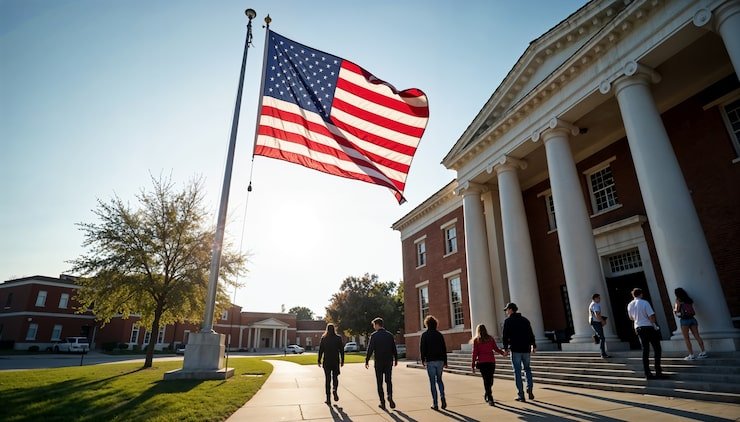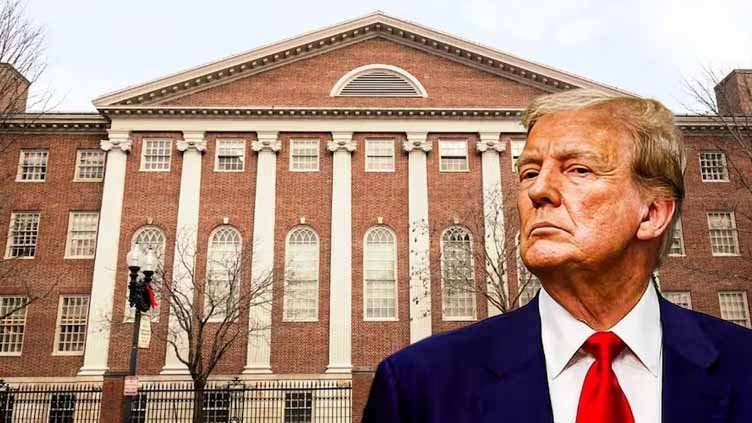Trump Immigration Policy Unveils Broad New Targets for Deportation
The Trump immigration policy is rapidly evolving into a sweeping framework targeting not only undocumented migrants but also individuals who were previously living and working legally in the U.S. Under a series of new administrative moves, the policy is reshaping the legal landscape of immigration enforcement—and creating a dramatically larger pool of people eligible for deportation.
Supreme Court Clears Path for Third-Country Deportations
This week, the U.S. Supreme Court said that the government could keep sending people from Cuba, Venezuela, and other countries to third countries like South Sudan. This is different from the usual ways of sending people back home, and it gives the government more legal freedom to send migrants back to countries other than their home countries.
Legal Workers Now At Risk of Deportation
A key part of this new approach affects asylum-seekers who entered the U.S. unlawfully and then applied for protection. According to CNN’s Priscilla Alvarez, the government aims to dismiss many of these pending claims, placing hundreds of thousands into fast-track deportation proceedings. Alarmingly, this includes individuals who previously held valid work permits—making them suddenly undocumented and vulnerable to removal
A Shift in Focus: Beyond Criminal Records
Initially, Trump immigration policy centered on removing individuals with criminal histories. However, that narrow scope has now broadened significantly. Homeland Security and U.S. Citizenship and Immigration Services are being empowered to facilitate deportations on a much larger scale. As a result, anyone present in the U.S. without proper documentation may be subject to removal, regardless of their prior legal status.
Industries Brace for Workforce Disruption
The impact of these changes is already being felt in sectors like agriculture, construction, and manufacturing. Employers who hired migrants legally—based on valid documentation—now find those workers stripped of their legal protections, disrupting operations and raising legal questions.
‘Alligator Alcatraz’: A New Kind of Detention Center
Florida is constructing a massive new detention facility in the Everglades, nicknamed “Alligator Alcatraz,” which could house up to 5,000 migrants. Located in a remote swamp area, the site leverages natural barriers like marshes, alligators, and pythons to deter escape, reducing security costs. This is part of a broader strategy to address detention capacity as the administration pushes for 3,000 arrests per day.

Detention Overload and Deportation Backlogs
Immigration and Customs Enforcement (ICE) is operating well beyond its capacity, with over 58,000 detainees—far exceeding its official limit of 41,500 beds. This has forced federal agencies to seek alternative detention solutions and fast-track deportations, including to third countries, further enabled by the Supreme Court’s decision.
Trump Immigration Policy Roots and Quiet Implementation
Stephen Miller, who has been in charge of Trump’s immigration policy for a long time, is behind a lot of this work. Analysts say that a lot of what is now visible has been quietly worked on for months through changes in rules, negotiations with other countries, and coordination between agencies.
Billions at Stake in Congress
A huge funding bill that is now going through Congress could decide how far this policy goes. If it passes, the government will get the money it needs to detain and deport a lot more people, which could change the immigration system as we know it.











